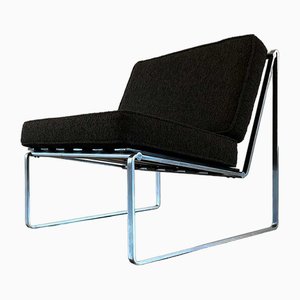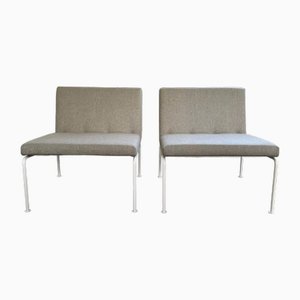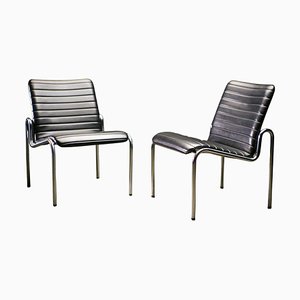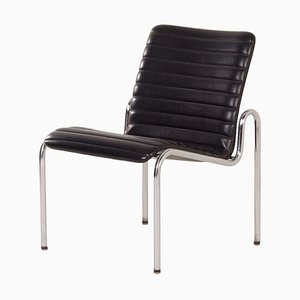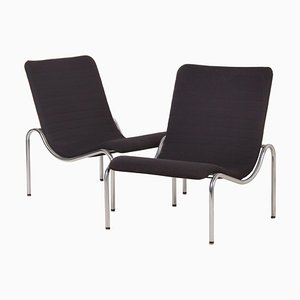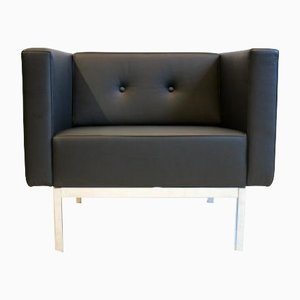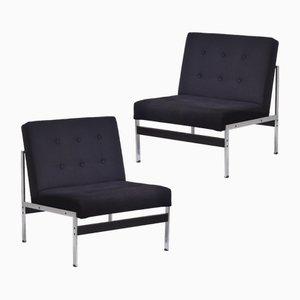
Outside of the Netherlands, Dutch designer Kho Liang Ie is best known for his work at Artifort, as well as his interiors for the Schipol airport in Amsterdam (1967). To the Dutch, however, he's considered one of the most significant talents of 20th-century design, and a prestigious design award was named in his honor.
Born in 1927 to Chinese parents in Magelang, Indonesia, Liang Ie moved to the Netherlands in 1949. Between 1950 and 1954, he studied interior and industrial design at Amsterdam's Instituut voor Kunstnijverheidsonderwijs, now part of the Rietveld Academy. After graduation, he took a position with the Stichting Goed Wonen, an organization dedicated to using good design to aid the postwar recovery efforts. In 1958, he was appointed aesthetic consultant and designer at Artifort. During his tenure there, he not only created a number of wildly succussful designs, but also was responsible for pursuading Artifort to commission designs from major international designers, like Pierre Paulin and Geoffrey Harcourt.
Standout designs for Artifort include the Lamp K46 (1957-59), Squareline collection (1958-61), 416 Seating (1961-66), Series 070 Sofa (1962-64), 720 Banquette Sofa (1966), 820/822 Table (1967), C662 and C684 Sofa (1968), Flower Tables (1968-70), and 656 Chair (1970s).
Liang Ie produced designs for other manufacturers as well, such as the J Series collection for Fristho (1956-60), Landereis and Lieshout Tables for 't Spectrum (1958-62), Terrace Chair for C. A. Ruigrok Industrie (1960), a credenza for Kempkes (1960), Copal Credenza for Fristho (1960-63), and tile collections for ceramics company Royal Mosa (1964-70).
At a time when Dutch design generally embraced an austere, industrial aesthetic, Liang Ie introduced what would later be called a "space age" style, anticipating the postmodern movement that would come to the fore in the 1970s and '80s. While his forms maintain a simplicity and rationality in line with modernism, his experimental approach to materials resulted in a warmth and freedom that was uniquely his own in postwar Netherlands.
Much too young, Kho Liang Ie died in January, 1975. His designs, however, live on the collections of many important Dutch museums, including Museum of Boijmans Van Beuningen (Rotterdam), Stedelijk Museum (Amsterdam), and Museum Catharijneconvent (Utrecht).

